- No products in the cart.
Motilak tab p / 10 mg of the film 30 pc
$7.87
Motilak tab p / 10 mg of the film 30 pc
SKU: 691183959 Categories: Digestive tract, Medicaments, Motility stimulants Tags: domperidone, VEROPHARM LEK
Description
Composition
Active substance:
1 tablet contains: domperidone – 10 mg ;.
Excipients:
Potato starch – 36.3 mg, lactose monohydrate (milk sugar) – 57.0 mg Microcrystalline cellulose – 6.0 mg colloidal silicon dioxide (Aerosil) – 1.2 mg, povidone (polyvinylpyrrolidone) – 4.7 mg magnesium stearate – 1.2 mg sodium carboxymethyl starch (Primogel) – 3.6 mg. sheath: hypromellose (hypromellose) – 1.45 mg, povidone (polyvinylpyrrolidone) – 0.91 mg Polysorbate (Tween 80) – 0.91 mg titanium dioksid- 0.31 mg, 0.42 mg talk-.
Description:
Tablets, film-coated, white, or almost white, round, biconvex. At the turn of the tablets of white or white with a yellowish tinge.
Product form:
Tablets, film-coated, 10 mg.
10 tablets in blisters of PVC film and aluminum foil printed patent.
30 tablets in a jar of the polymer.
Each bank or 1, 3 blisters together with instructions for use in a pile of cardboard.
Contraindications
– increased sensitivity to domperidone or any other component of the formulation; – lactose intolerance, lactase deficiency, glucose-galactose malabsorption; – expressed electrolyte disturbances or heart disease, such as chronic heart failure; – liver failure secondary to severe; – gastrointestinal bleeding, mechanical intestinal obstruction, perforation of the stomach or intestines; – prolactin-secreting pituitary tumor (prolactinoma); – simultaneous use of oral forms of ketoconazole, erythromycin or other drugs that increase the interval QT, or potent inhibitors of CYP3A4 isoenzyme, such as fluconazole, voriconazole, clarithromycin, amiodarone, telithromycin, etc .; – Children under 12 years of age with a body weight less than 35 kg; – pregnancy; – the period of breastfeeding.
Carefully
Renal insufficiency.
Dosage
10 mg
Indications
Complex of dyspeptic symptoms, often associated with delayed gastric emptying (a feeling of fullness in the epigastrium, sense of abdominal distention, pain in the upper abdomen, belching, flatulence, heartburn with reflux or without casting of gastric contents into the mouth), including those caused by the defeat of the digestive system: -yazvennaya gastric ulcer and 12 duodenal ulcer; -gastroezofagealnaya reflux disease; -zabolevaniya biliary tract; -pankreatit.
Nausea and vomiting of various genesis, including amid functional and organic diseases; infections; caused by radiotherapy; diet disorder and drug therapy (receiving morphine, apomorphine, levodopa and bromocriptine).
Interaction with other drugs
Interaction with the following medicines may increase the risk of increasing the interval QT:
Contra combination: drugs that increase the interval QT: • Class IA antiarrhythmic drugs (including, disopyramide, gidrohinidin, quinidine); • antiarrhythmic drugs of class III (including amiodarone, dofetilide, dronedarone, ibutilide, sotalol); • antipsychotic drugs (including haloperidol, pimozide, sertindole); • antidepressants (including citalopram, escitalopram); • antibiotics (erythromycin, levofloxacin, moxifloxacin, spiramycin); • antifungal agents (including pentamidine); • antimalarials (including halofantrine, Lumefantrine); • gastrointestinal drugs (including cisapride, dolasetron, prucalopride); • antihistamines (including, mehitazin, mizolastine); • antineoplastic agents (including, toremifene, vandetanib, vincamine); • other drugs (including, bepridil, difemanila methylsulfate, methadone); • potent inhibitors of CYP3A4 (protease inhibitors, azole antifungals, some macrolide antibiotics (erythromycin, clarithromycin, telithromycin)).
Non-recommended combination: Moderate inhibitors of CYP3A4 (diltiazem, verapamil, certain antibiotics of macrolide).
Combinations to be used with caution: drugs that cause bradycardia and hypokalemia, as well as azithromycin and roxithromycin.
Domperidone increase the concentration in plasma: azole antifungals, antibiotics of the macrolide, inhibitors of HIV protease.
While the use of levodopa leads to the increase of its plasma concentrations (up to 30-40%).
Individual pharmacokinetic / pharmacodynamic interaction studies in vivo in healthy volunteers after oral administration of ketoconazole and erythromycin confirmed significant inhibition of these drugs, CYP3A4 mediated metabolism of domperidone when “primary” passage. For oral use of domperidone 10 mg 4 times daily together with ketoconazole at a dose of 200 mg 2 times a day, prolongation of the interval QTc during the observation period averaged 9.8 msec, with a variation in individual time points ranging from 1.2 to 17.5 ms . For oral use of domperidone 10 mg 4 times daily together with erythromycin at a dose of 500 mg three times a day, elongation QTc interval within the observation period averaged 9.9 msec, with a variation in individual time points ranging from 1.6 to 14.3 ms . How to Cmax, and AUC of domperidone at steady state were increased approximately three-fold in these two studies the interaction. Monotherapy with domperidone 10 mg 4 times a day orally in these studies led to increased QTc interval average of 1.6 msec (in the study with ketoconazole) and 2.5 msec (in the study with erythromycin), while as monotherapy ketoconazole (in 200 mg 2 times daily) and erythromycin monotherapy (500 mg 3 times a day) resulted in the observation period elongation QTc interval 3.8 and 4.9 ms respectively.
Overdose
Symptoms: drowsiness, disorientation, extrapyramidal reactions, especially in children.
Treat symptomatically, no specific antidote. Gastric lavage, administration of activated charcoal, in the event of extrapyramidal reactions – anticholinergics, antiparkinsonian agents. Because of the possible increased QT interval should be monitored electrocardiogram (ECG).
pharmachologic effect
Pharmacological group:
Antiemetic – central dopamine receptor blocker.
Pharmacodynamics:
Increases the duration of peristaltic contractions of the antrum of the stomach and duodenum, accelerates gastric emptying in the case of deceleration of the process, increases the tone of the lower esophageal sphincter, eliminates the development of nausea and vomiting.
Antiemetic effect of domperidone may be due to a combination of peripheral (gastrokinetic) action and antagonism of dopamine receptors in the chemoreceptor trigger zone. The use of domperidone is rarely accompanied by extrapyramidal side effects, especially in adults. Domperidone stimulates the release of prolactin from the pituitary gland. Domperidone has no effect on gastric secretion.
Pharmacokinetics:
Suction
After taking the drug inside domperidone is rapidly absorbed. It has low bioavailability (around 15%). Reduced gastric acidity reduces absorption of domperidone. Maximum plasma concentration is achieved after 1 hour.
Distribution
Domperidone is widely distributed in various tissues, brain tissues, its concentration is low. Binding to plasma proteins is 91-93%. Poorly crosses the blood-brain barrier.
Metabolism
Subjected to intensive metabolism in the intestinal wall and liver.
breeding
Is output through the intestines (66%) and kidneys (33%) and unchanged output, respectively, 10% and 1% of the dose. The half-life is 7-9 hours, it elongates in advanced renal failure. In patients with severe renal impairment (serum creatinine> 6 mg / 100 ml, i.e.,> 0.6 mmol / L) increased the half-life of domperidone from 7.4 to 20.8 hours.
Pregnancy and breast-feeding
Pregnancy
Use of the drug Motilak® contraindicated during pregnancy.
Breastfeeding
Breastfeeding should be terminated, if necessary, use during breastfeeding.
Conditions of supply of pharmacies
On prescription.
side effects
Listed below are the side-frequency effects of their development (according to the WHO classification): very common> 1/10, often by> 1/100 to
special instructions
The drug is recommended to accept the minimum effective dose. With long-term drug therapy, patients should be under regular medical supervision.
Use of the drug Motilak® may cause an increased risk of ventricular fibrillation or of sudden cardiac death (especially in patients over 60 years, or in the application of a single dose of 30 mg, and in patients receiving both drugs that increase the interval QT, or CYP3A4 inhibitors).
Application Motilak® drug and other drugs which may cause lengthening of the interval QT, contraindicated in patients with marked elongation cardiac conduction intervals, especially interval QT, in patients with severe electrolyte disorders (hypo- and hyperkalemia, hypomagnesaemia) or patients with heart diseases such as chronic heart failure.
The drug should be stopped if you have any symptoms that may be associated with heart rhythm disturbances. In this case, you should consult with your doctor.
The effect on the ability to operate vehicles, machinery
Caution should be exercised when driving and busy with other potentially hazardous activities that require high concentration and psychomotor speed reactions due to the risk of adverse reactions, which may affect these abilities.
Storage conditions
At a temperature of not higher than 30 ° C.
Keep out of the reach of children.
Dosing and Administration
Inside, before a meal without chewing, drinking plenty of water.
Adults and children over 12 years of age with a body weight of 35 kg: one tablet (10 mg) 3 times a day for 15-30 minutes before meals and, if necessary, before bedtime. The maximum daily dose is 30 mg.
The drug is recommended to accept the minimum effective dose; regularly at a certain time. Omitting the reception of the next pill to be taken as soon as possible. If it is time for your next dose, do not take an additional dose of the drug to compensate for the missed doses. Do not take two doses at the same time. Typically, course duration is less than one week.
In patients with hepatic insufficiency mild dose adjustment is required. The drug is contraindicated in patients with hepatic failure secondary to severe.
In patients with renal insufficiency correction of a single dose is not required. However, when repeated application is recommended to reduce the dose, and also reduce the frequency of application of 1-2 times a day depending on the severity of renal failure.
Information
Appearance may differ from that depicted in the picture. There are contraindications. You need to read the manual or consult with a specialist
Additional information
| Weight | 0.100 kg |
|---|---|
| Manufacturer | VEROPHARM LEK |

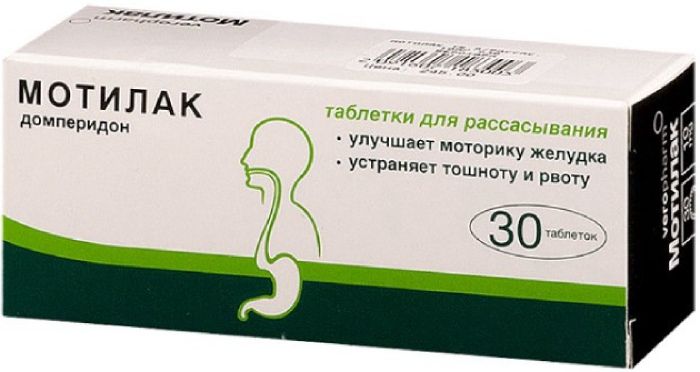
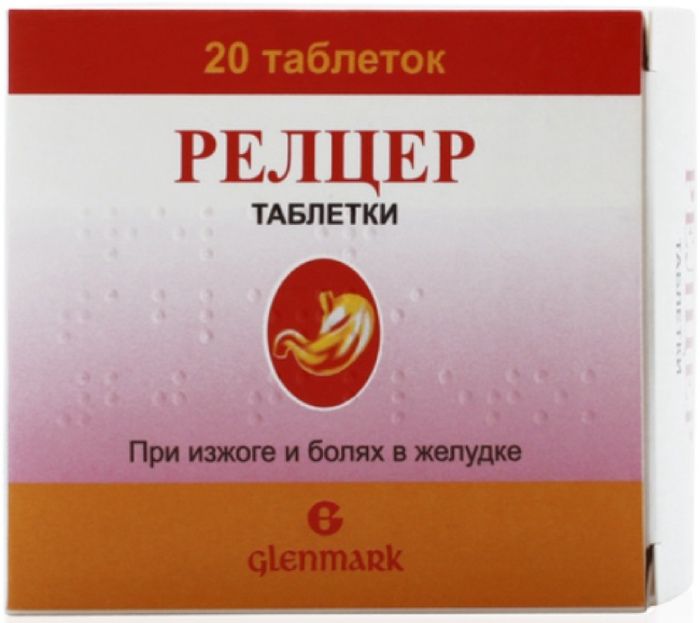
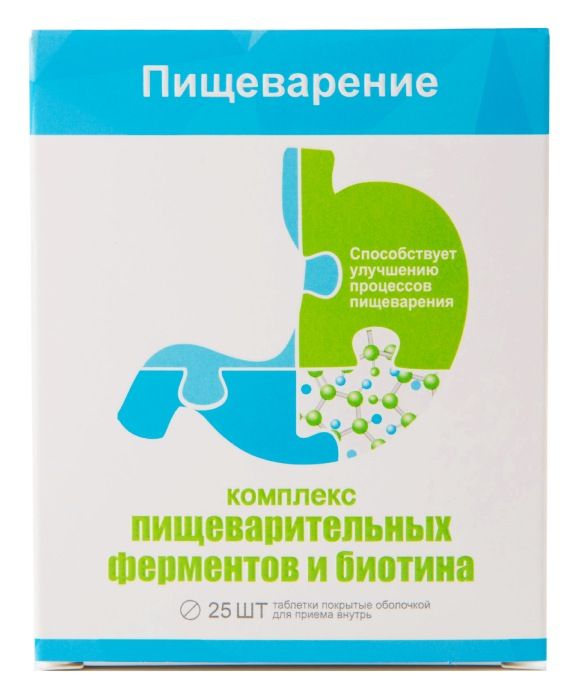
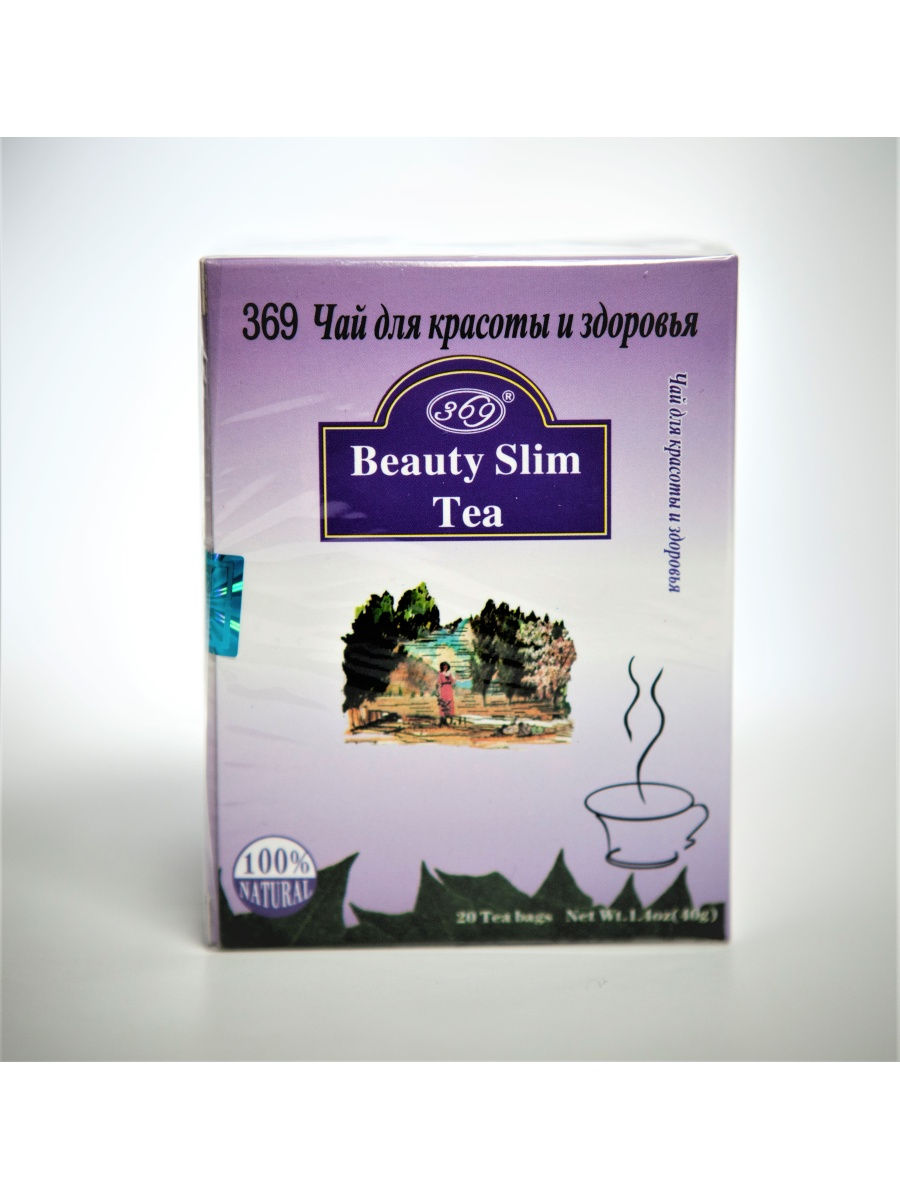
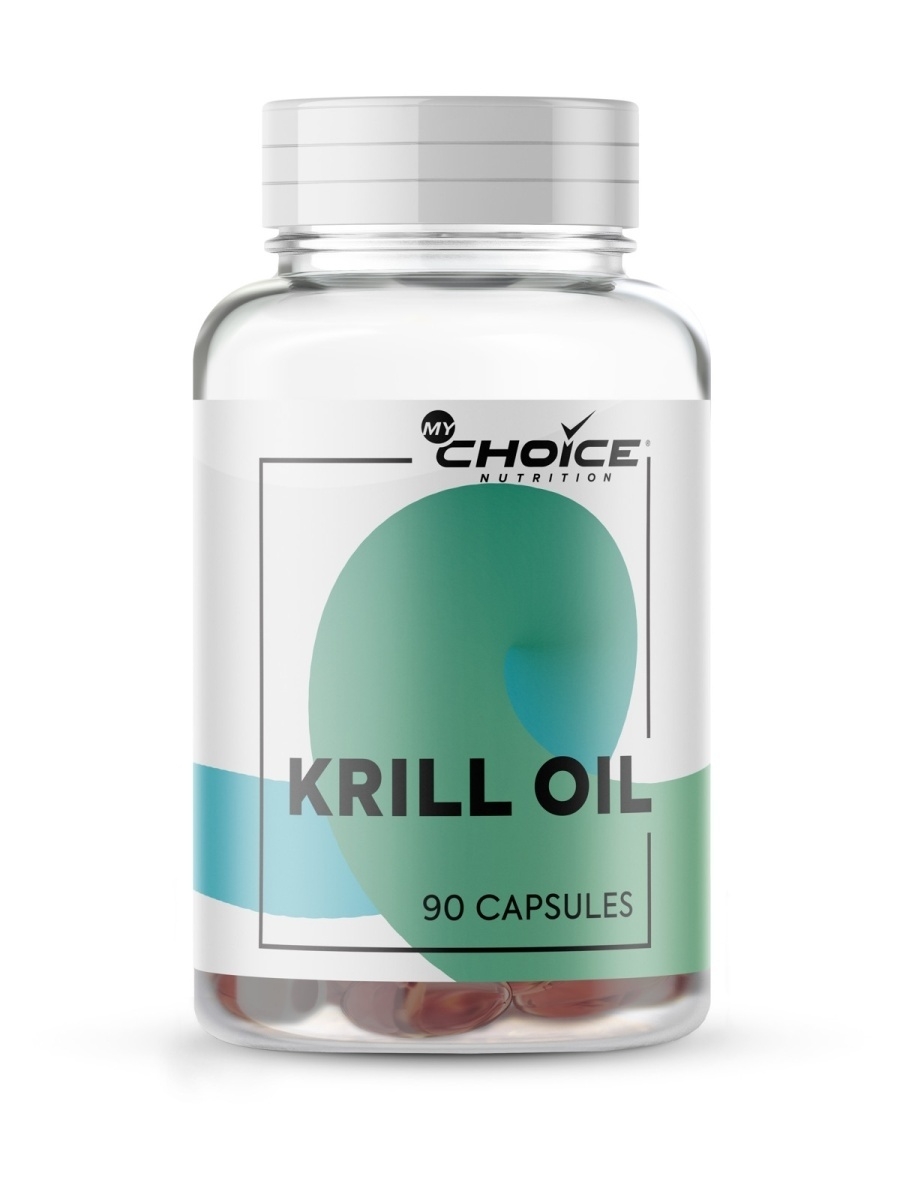
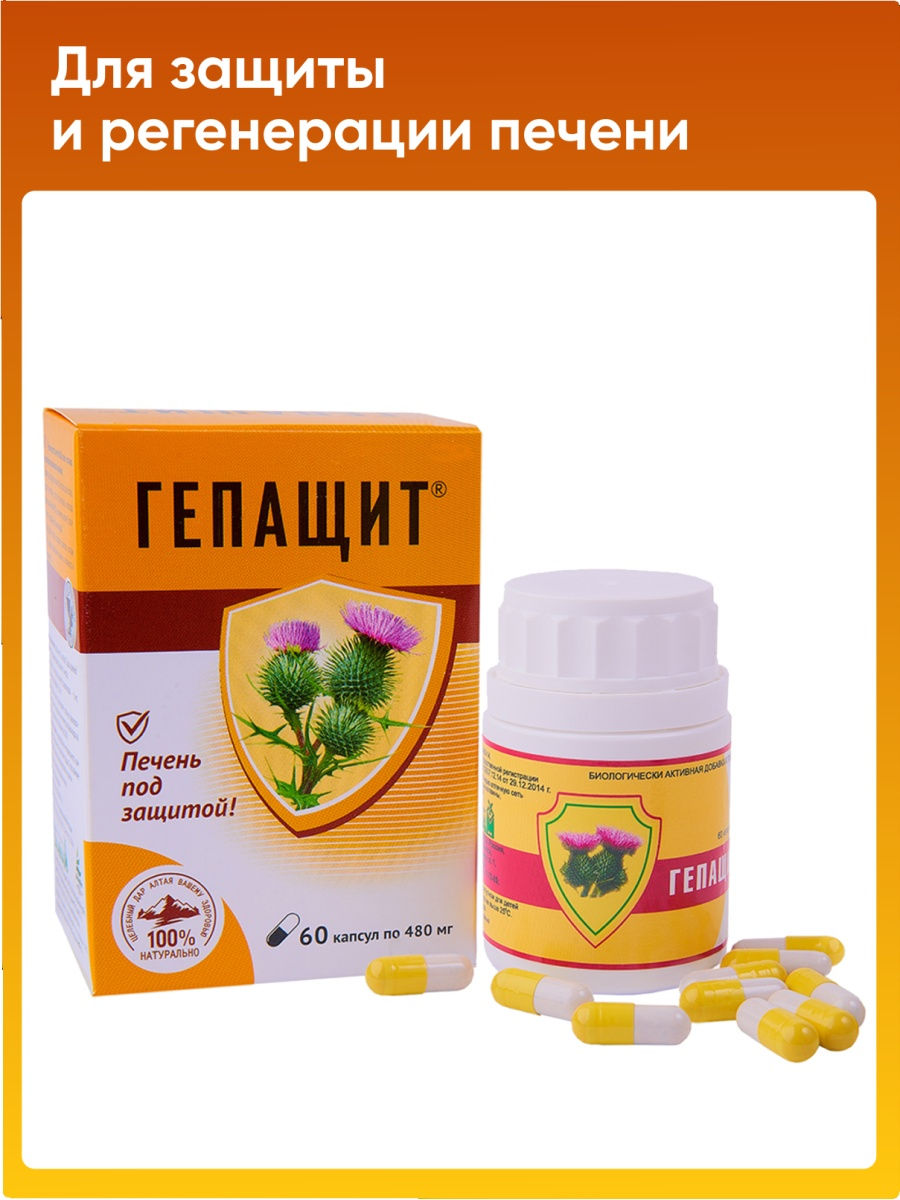
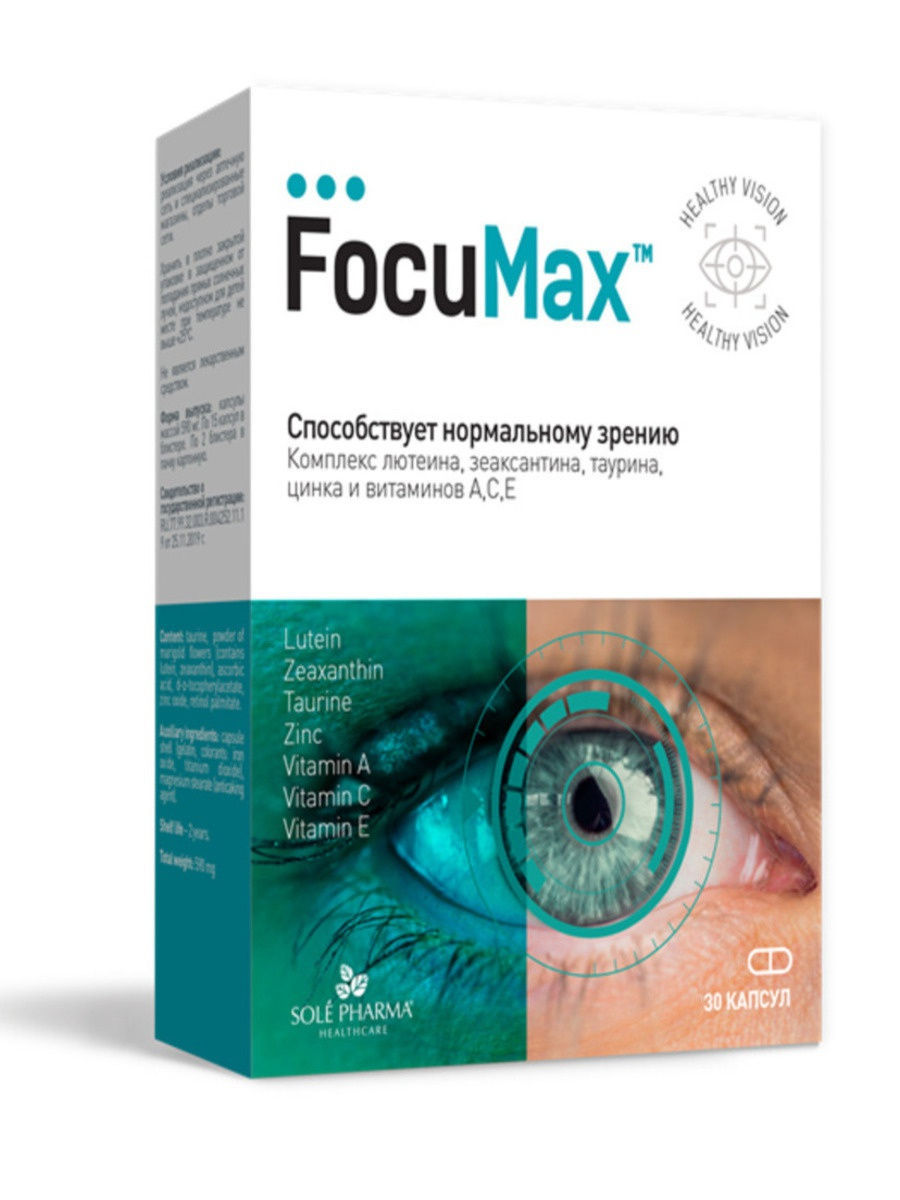
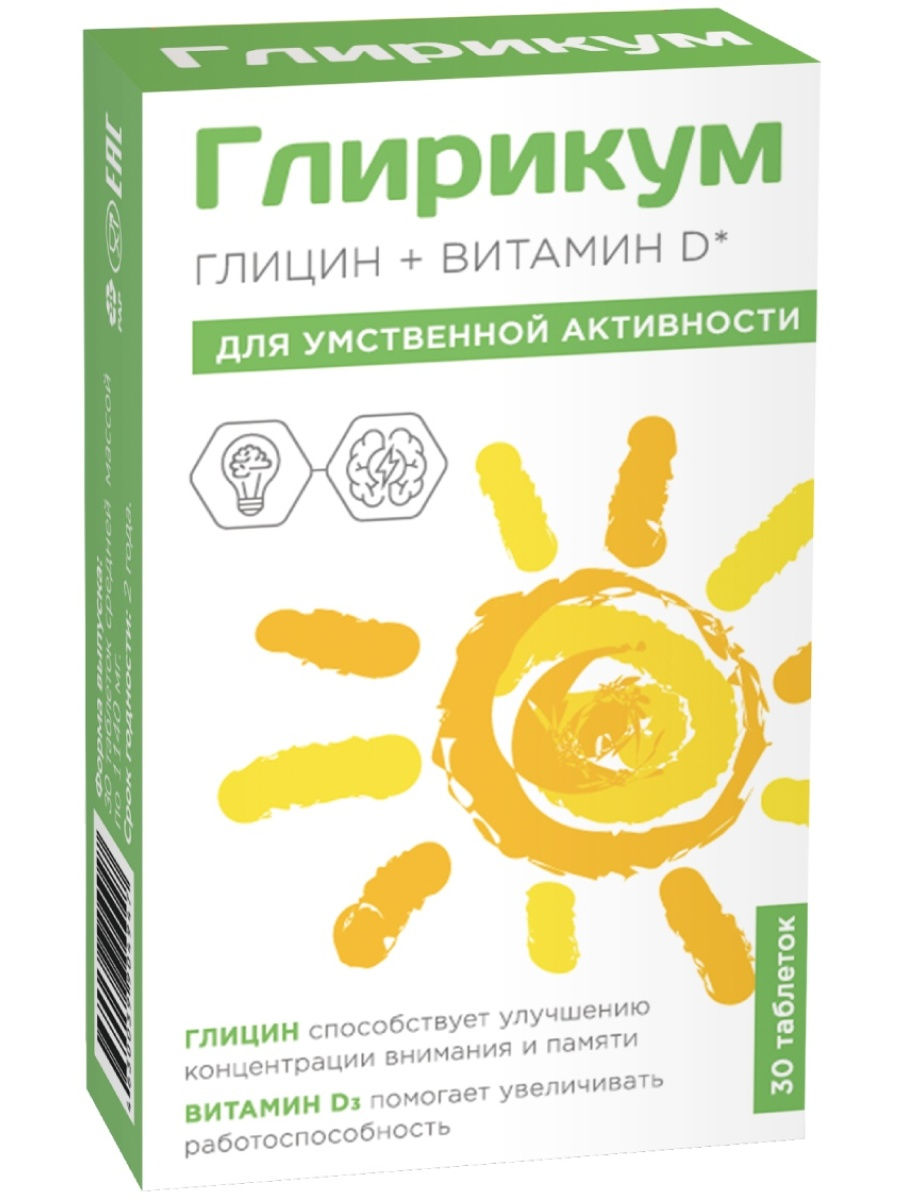
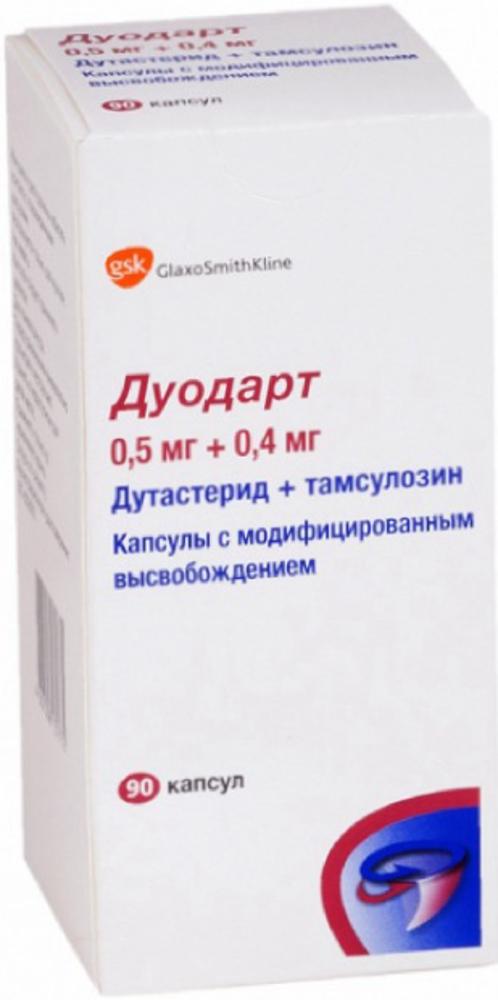




There are no reviews yet.